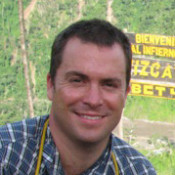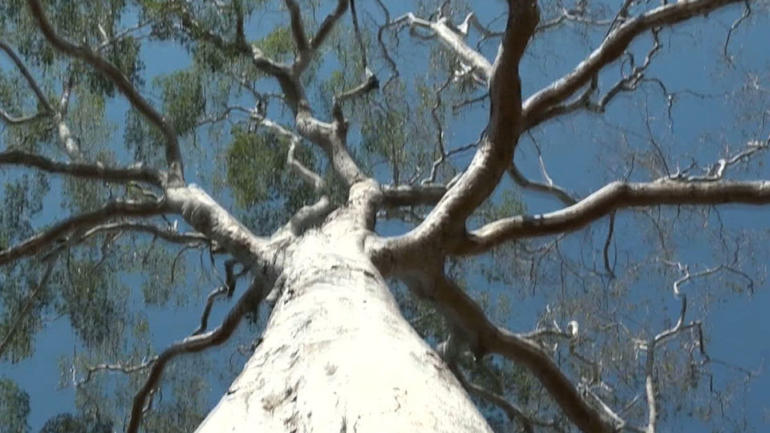Widespread deforestation is decimating Peru’s slice of the Amazon. But scientists and citizens are coming up with innovative ways to combat it.
CGTN’s Dan Collyns reports.
Peru’s most biodiverse ecosystem in the Amazon region of Madre de Dios is also the one most under threat from deforestation, illegal gold mining and livestock farming.
Hundreds of trees are chopped down somewhere on globe every second, put together the area felled is bigger than a football pitch
But this tree was carefully selected from thousands to be harvested without damaging the forest.
It is part of a forestry plot which stretches for more than two hundred square kilometers – locking in carbon emissions.
“We only use our own forests as the source of our wood,” Nelson Kroll, manager of timber company Maderacre said. “In that way we guarantee the traceability of our product and we offer our clients 100 percent responsibly sourced wood.”
Peru is home the second largest chunk of the Amazon rainforest after Brazil and like its larger neighbor, vast tracts of its forest continue to be cleared for globally traded commodities – like timber, palm oil and gold.
And it is gold fever which has laid waste to huge swathes of Madre De Dios – Peru’s southern-most Amazon region.
Only from the air can you take in the full scale of the destruction caused by illegal mining.
It’s an open wound in this, the most biodiverse corner of Peru’s Amazon and the vast majority of the damage has taken place in the last eight years.
Over three decades, nearly one hundred square kilometers of forest has been lost here.
But scientists who accompanied CGTN on this flight say there are solutions..
“There’s still a lot of green and the green is hope. That’s what science is for, to look for solutions,” César Ascorra, director, CINCIA Amazon research institution, told CGTN.
As part of the reforestation experiment, scientists are trying out tree species which can survive in the sand left behind by mining.
They are also using bio-char compost, made from locally grown Brazil nut shells, to block the absorption of mercury and to regenerate the topsoil.
Meanwhile there are still provinces untouched by mining, such as Tahuamanu, at the intersection of Peru, Bolivia and Brazil.
The province is a model for sustainable forestry and acts as a carbon sink combatting global warming.
The Cardoso family has farmed here for generations. They understand climate change – because they feel it.
“When you go to work on the land, by ten or 11 in the morning the sun is too strong and your head hurts, your skin burns you can’t work anymore and you have to find shade,” said rancher, María Cardoso.
Scientific studies indicate temperatures in the Amazon region could rise by two to three degrees centigrade by 2050.
The environmental and scientific community say that the stewardship of forests, land and food is one third of the solution to capping temperature rises.
But time is short. Peru lost 143,425 hectares of forest during 2017.
“We know that we are losing forest every day,” said Josefina Braña, director of WWF’s Forests and Climate program.
“The deforestation rate in Peru is still huge so if examples such as Maderacre can be replicated in other parts of Peru this would be a win–win,” she added.
The stakes in this Amazon region are as high as the biodiversity. But faced with some of Peru’s biggest environmental challenges scientists and citizens are finding innovative solutions.
 CGTN America
CGTN America

